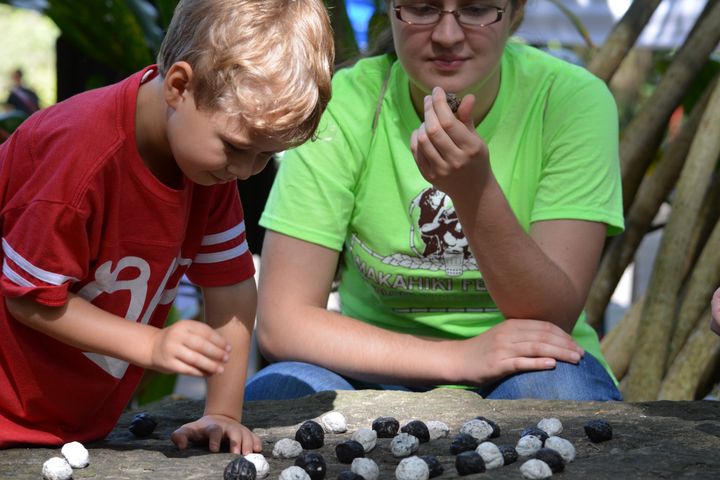
Ancient Hawaiians practiced a variety of exciting sports for participants of all ages, some of which are still celebrated today. Hawaiian games were enjoyed year-round, but the most highly anticipated event was the Makahiki season. The guide below explores the rich tradition and meaning behind these games.
The Cultural Significance of Hawaiian Games
Makahiki was an annual festival dedicated to Lono, the god of rain, agriculture, fertility, music, and peace. From October to February, ancient Hawaiians set aside warfare and unnecessary work to celebrate and exhibit athletic skill. Festivities typically included religious ceremonies, food, dancing, and games.
Traditionally, many Hawaiian games were focused on individual competition used to train young men into warriors. From wrestling to spear throwing, competitors demonstrated their strength, endurance, and agility in sports that reflected the hand-to-hand combat common on the battlefield. Athletes and beginners alike showcased their talents, and the best would go on to compete with champions from other villages. Many Hawaiians today continue to celebrate Makahiki and play these games to pass down early customs, honor ancient traditions, and have fun.
Popular Ancient Hawaiian Games
Konane

A two-person game of strategy, konane is similar to checkers. Players use black lava and white coral pebbles on a pitted stone board to hop over and capture each other’s pieces. Rather than the individual with the most pieces remaining on the board, the last person who can make a legal move is declared the winner.
‘O‘o ‘Ihe
This traditional Hawaiian game is a show of strength. ‘O‘o ‘ihe requires players to throw weighted spears at targets, which are usually standing banana logs. In addition to strength, this sport demonstrated the player’s accuracy in battle and hunting.
‘Ulu Maika
‘Ulu maika is a game of skill that visually resembles contemporary American bowling, but the objective is different. Players must roll a disc-shaped stone between two wooden stakes placed a few inches apart. Every successful roll is a point, and the stakes can be set closer or further apart, depending on the desired level of difficulty.
Moa Pahe‘e
Also referred to as dart sliding, moa pahe‘e is a test of both skill and strength. Competitors must slide a torpedo-shaped dart, or moa, between two wooden stakes. The dart can't cross the line formed by the stakes. Combined with the unwieldy shape of the dart that makes it difficult to aim and control, moa pahe‘e is a challenging game.
If you want to learn more about traditional Hawaiian games, visit Waimea Valley in Haleiwa. Home to the 45-foot natural rained waterfall, a beautiful botanical garden, and many preserved archeological sites. The conservation land offers visitors the chance to explore Hawaiian culture, nature, and history. Visit their website or call (808) 638-7766 today to begin planning your trip.
About the Business
Have a question? Ask the experts!
Send your question

